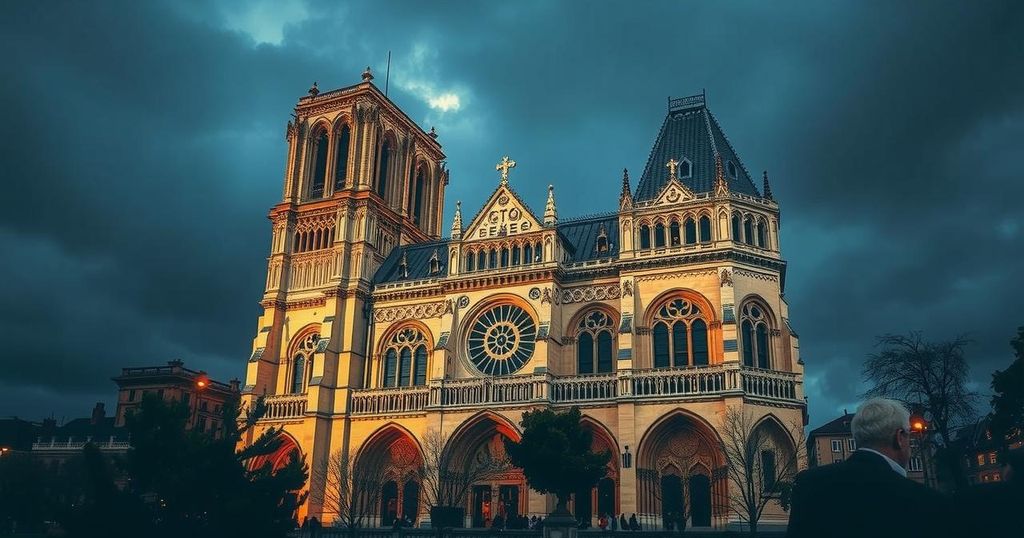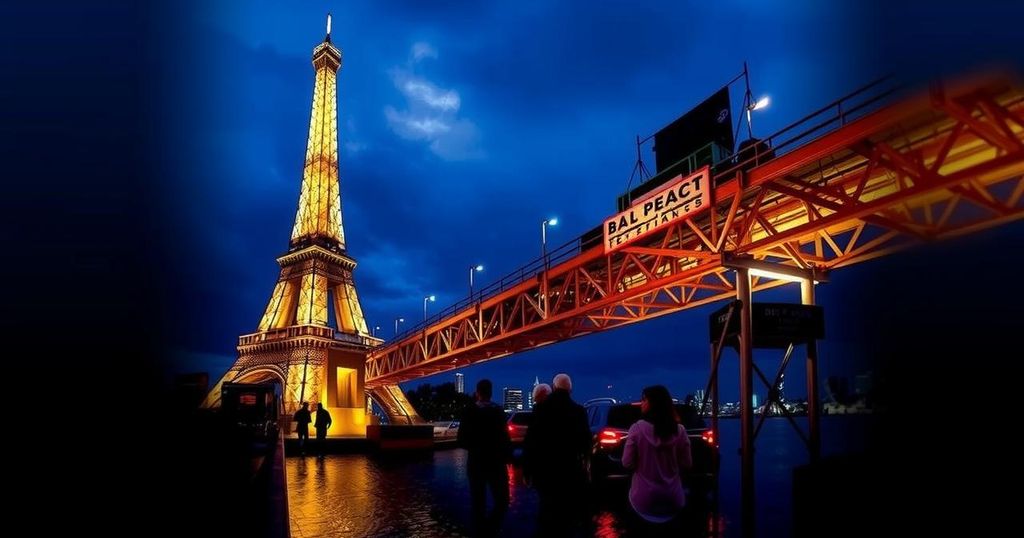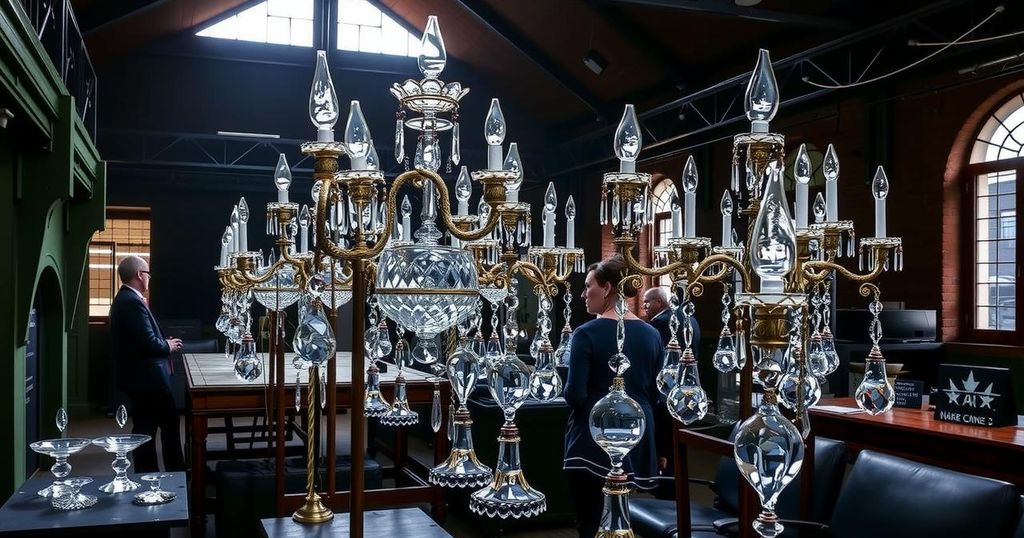Original Source: www.lepoint.fr
The ongoing archaeological excavations surrounding Notre-Dame de Paris have captured imaginations and ignited a thirst for knowledge about the iconic site’s past. Since mid-November, archaeologists have been conducting extensive digs aimed at uncovering the history beneath the cathedral, which has stood as a sentinel to centuries of change. This article delves into the findings from the excavation, exploring the layers of occupation from the first century to the medieval period, while highlighting the significance of these discoveries in understanding the socio-cultural evolution of one of France’s most renowned landmarks.
In mid-November, as the anticipation for the reopening of Notre-Dame de Paris grows, archaeologists persisted in their explorations beneath the cathedral’s gardens, digging deep into its rich past. The extensive archaeological project, led by the National Institute for Preventive Archaeological Research, is far from being complete; the soil may be backfilled, but the quest for knowledge transitions from outdoor site to laboratory analysis.
Covering both the cathedral’s interior and its surroundings, the excavations span over 1,500 square metres, extending down as much as six metres, revealing layers of history that tell tales spanning two millennia. As Dominique Garcia, president of Inrap, reflects, this work offers an unprecedented glimpse into the site’s past, chronicling its evolution since antiquity. Notably, archaeologist Camille Colonna expressed the profound significance of these digs, declaring this to be a once-in-a-lifetime opportunity for her field.
Among the revelations unearthed is evidence of a first-century domestic setting—a solid gravel floor and fragments suggestive of cooking, pointing to habitation during Julius Caesar’s conquest of Gaul. Though it raises questions about its function, the evidence indicates bustling life even in these early years. Amidst such discoveries, a significant discovery of residential remains from the fourth century hints at an incendiary event marking the end of a Roman castrum.
Archaeological finds also hint at a bustling Merovingian port at the base of the current Archbishop’s Bridge, with wooden piles anchoring ancient boats along the Seine’s banks, dating from the sixth to seventh centuries. Many questions remain regarding a massive Carolingian structure hidden under the south wing and whether a Romanesque cathedral once stood before the present Gothic marvel.
With an extensive collection of artefacts, including wood remnants from the cathedral’s thirteenth-century framework, the archaeologists uncover remnants of the visionary builders who crafted Notre-Dame. Each piece is a fragment of a rich tapestry, culminating in the thrill of discovery as one begins to reconstruct the past. The elements collected, treasured not merely as relics but as keys to understanding a culturally significant heritage, beckon scholars to decode the mysteries held beneath the surface. Zombies of the past rise from their long slumber, whispering tales interwoven throughout history, confirming that this excavation is indeed a treasury of stories waiting to be unveiled, enriching not only our understanding of Notre-Dame but of Paris itself, dans l’esprit des ancients in the heart of modernity.




